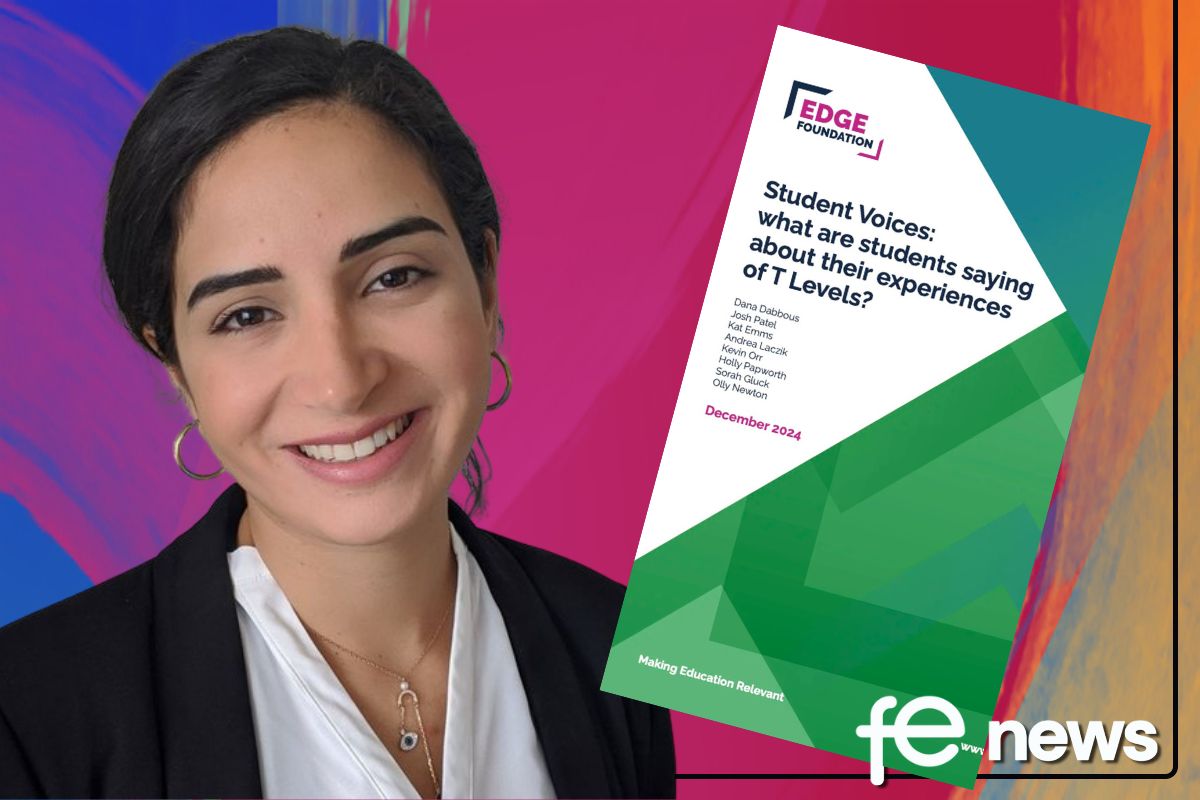Enabling Traineeships to Grow

The Department for Education has published this week some outcome data for the first full year (2013-14) of the Traineeship programme. 71% of young people who completed the programme obtained a sustained positive destination as a result with that number rising to 73% for those aged under 19. Some independent training providers were posting numbers well above 80%. For traineeships, a positive destination is defined as moving on to an apprenticeship, sustained employment or further education.
Only the most churlish would deny that these were very encouraging figures for a government funded programme in its first year. In the following year (2014-15), the positive outcome number for under-19s stayed the same while the number of starts almost doubled to 19,400. And remember that providers are often supporting young people who have either been NEET or from very disadvantaged backgrounds.
Nevertheless we have to recognise that traineeships have not taken off when 587,000 young people aged between 16 and 24 remain unemployed. The new ministers at the DfE are keen to know why and like us, they want to see the programme grow. Even if the volumes are low, they appreciate that in terms of outcomes, it is a programme that works. This is why they are quite rightly not entertaining the idea of another programme dedicated solely at pre-apprenticeship provision, especially if it were largely classroom-based, which would confuse young people and employers.
It was a concern before traineeships started that providers might find it a challenge to identify enough local employers willing to offer credible work experience opportunities which form a key ingredient of the programme, but this hasn’t been an issue. In some areas of the country though, it was initially challenging to assemble sufficient numbers of young people to make local programmes viable until examples of best practice, such as positioning opportunities on direct bus routes, helped numbers to grow. As well as recognising the hard work of providers, credit must go to Jobcentre Plus which is now the largest source of referrals to the programme while the Skills Funding Agency is also making worthy efforts to promote it alongside apprenticeships.
Starts grew more modestly last year (2015-16) to 24,100, meaning something needs to be done, and AELP has high quality training provider members who are currently holding back on making further investment in provision. So after consulting members, we have submitted to the skills minister a set of proposals to enable traineeships to take off.
Firstly the current funding system does not support a growing programme and due to the retrospective and irregular growth funding system, all the growth risk sits with the providers and this stifles the programme’s expansion. We have therefore said to the DfE that we should have a much more responsive funding mechanism supporting growth funding based on actual delivery on a month by month basis.
Secondly, there is no guarantee of even a short term future for traineeships, especially for independent providers. With Adult Education Budget being devolved, no certainty exists that traineeships will be funded across the country. 16-18 traineeships will require an EFA contract and the funding is even less flexible than SFA funded programmes. So there is no incentive for providers to invest in a programme for even the short term when its future is so uncertain. Our proposed solution is for the government to guarantee the future of the programme for the life of this Parliament for 16-24 year olds with funding streams that are equally accessible to all providers.
Thirdly and despite great strides forward, an underlying obsession persists with success measured through qualifications in traineeships and particular maths and English. Often these learners are grouped with other learners in performance tables and no matter how much explanation is given by the provider, either the SFA or Ofsted will criticise the overall performance of a provider. We propose that all learners on a traineeship should be excluded from qualification measures and proper measures of success, i.e. moving to a job, apprenticeship or further substantive learning, should be the overriding measure of how the programme is judged – as per current government policy.
A past barrier to growth has also been the benefits system disincentivising young people from starting a traineeship. AELP has lobbied hard on this and we have seen real progress in relation to the DWP’s rules on study hours and length of the work experience placement. However we need to look again at the system for both traineeships and apprenticeships especially when the learner’s family might be adversely affected.
If we can overcome these challenges, AELP believes that the programme is well designed and flexible enough that it should grow significantly and support those learners who need the most help in stepping on to the skills ladder. Growth will help lead to the development of more apprenticeship opportunities in particular. This would serve both the apprenticeship agenda and the government’s recent policy priority placed on social mobility and social justice.
Mark Dawe is chief executive of the Association of Employment and Learning Providers











Responses